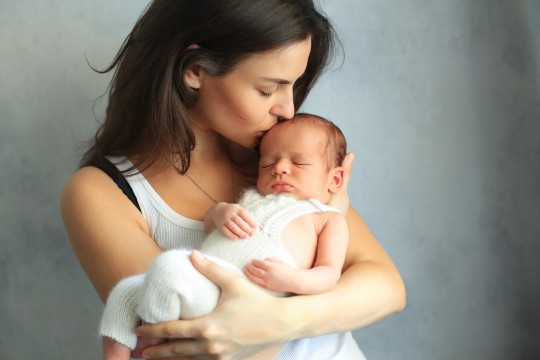
A normal and natural vaginal birth is often extremely tiring and painful. However, doctors prefer that to operate as it has lesser risks. C-section involves incisions and cuts in the stomach take time to heal. The horizontal cuts are more common than the vertical ones. women with C-section should expect pain and itching around the incision area. Also, the recovery period is uncomfortable and takes longer. There may be some health issues or risks to the mother and the baby that makes caesarean necessary
Causes of incision pain postpartum
A C-section involves a physical cut in the abdomen and through the uterus making the baby more accessible and easy to remove from the womb. The healing process requires ample caution, dietary restrictions, plenty of rest and a lot of pain and skin irritation.
Important facts about incision pain postpartum
C-section cuts often take time to heal and might get torn or stretched causing unbearable pain. In these cases visit the doctor immediately to redo the stitches. Women with C-section deliveries should take complete bed rest and be very careful about cleaning the wound so as to avoid infections. Inflammation, excessive irritation, bleeding, discoloured discharge, or foul odours as well as a fever and an elevated temperature above 100.4 F are other signs that should be immediately reported.
Treatments for incision pain postpartum
Rest is the most effective kind of treatment. Moving, stretching, lifting, cleaning, and cooking can cause pain. After a C-section, moms are often given medications to dull the incision pain, but this does not mean increased activity will not cause further pain or ripped sutures. Constipation and gas can also cause pain in the area of the incision. Eating meals slowly, increasing water intake, and avoiding spicy and fatty foods until the wound is healed can help to prevent gas and bloating.